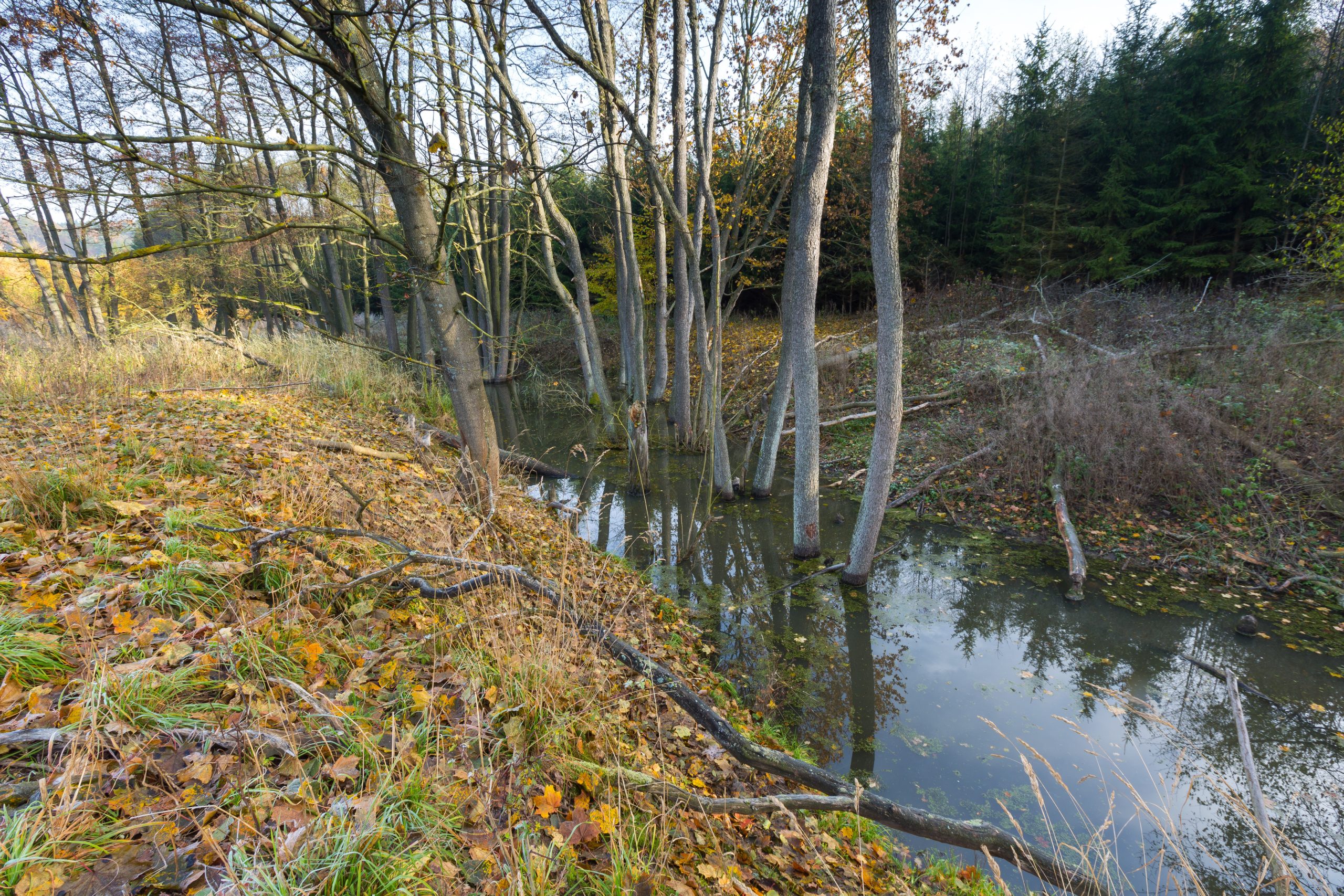Introduction to Puppy Training
Puppy training is an essential part of raising a well-behaved dog. It can be challenging and time-consuming, but it’s also incredibly rewarding when you see your furry friend responding to your commands with enthusiasm and obedience. We’ll take a closer look at how to teach your puppy basic commands and obedience through positive reinforcement techniques.

Teaching Basic Commands
The first step in teaching your puppy basic commands is to choose the right words for each command. Some popular choices include “Sit,” “Stay,” “Come,” “Heel” and “Down.” Once you have chosen your commands, start by practicing them inside your home where there are fewer distractions. Use treats or toys as rewards for good behavior, and avoid using physical punishment or scolding your pup during training sessions.
Establishing Obedience through Positive Reinforcement

Positive reinforcement involves praising your puppy when they do something right and ignoring bad behaviors. For example, if your puppy sits on command, give them a treat and lots of love and attention. If they don’t sit, ignore their behavior and try again later. Consistency is key here; always use the same word for each command, and practice regularly throughout the day.
Common Mistakes to Avoid during Training
One common mistake people make while training their puppies is getting frustrated or angry when progress isn’t happening fast enough. Remember that patience and consistency are crucial for successful training. Another mistake is not socializing your puppy early enough. Exposure to different environments, sounds, smells, and people at a young age helps prevent fearfulness and aggression later in life.
Practicing Patience and Consistency
Training your puppy requires both patience and consistency. Don’t expect too much from your pup too soon, and stick to a regular routine of short training sessions several times per day. Always end training sessions on a high note, so your puppy associates training with positivity and fun.
Conclusion: Tips for Successful Puppy Training
Remember that every puppy learns differently, so be patient and flexible during training. Keep training sessions short and sweet, and mix up your training methods to keep things interesting. Ultimately, never forget to shower your puppy with plenty of love and affection during and after training sessions. With these tips, you and your puppy will be well on your way to building a strong bond based on trust, respect, and mutual understanding.